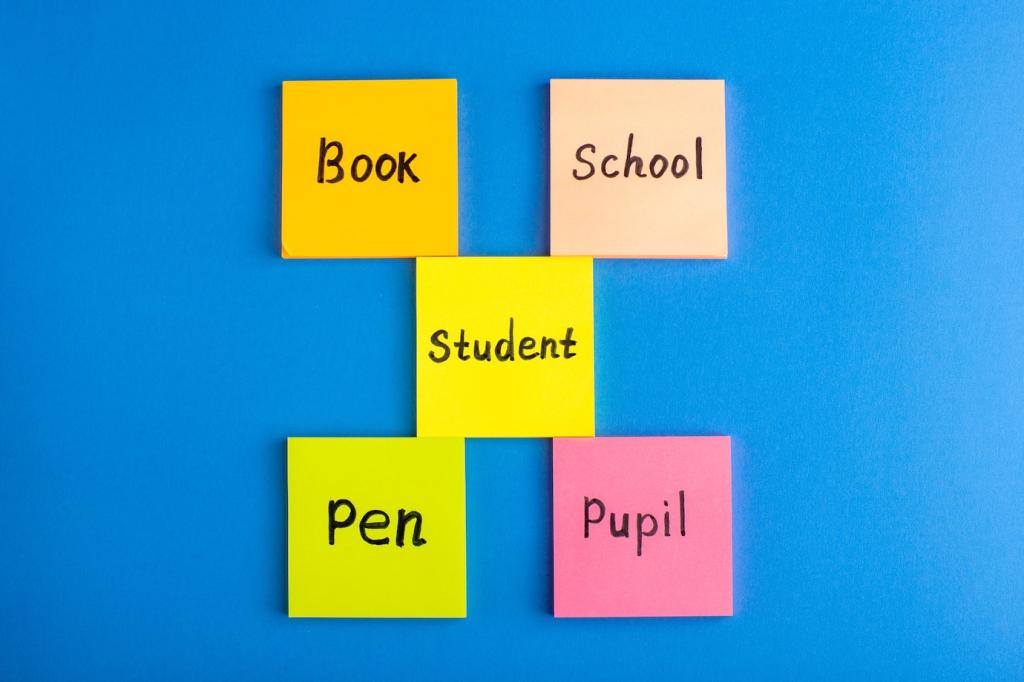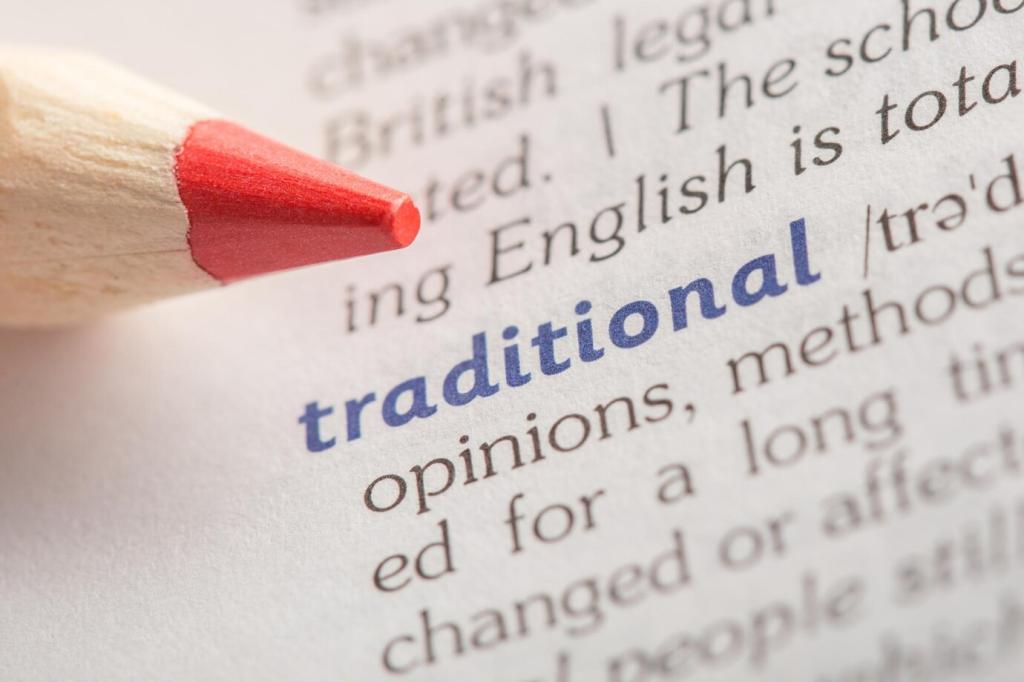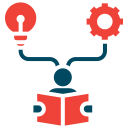Language Acquisition for Students with Special Needs
Chosen theme: Language Acquisition for Students with Special Needs. Welcome to a warm, research-informed space where strategies, stories, and tools help every learner find their voice and be heard.


Neurodiversity and Individual Trajectories
Language timelines vary widely across autistic learners, students with Down syndrome, ADHD, and developmental language disorder. When we honor neurological differences, we uncover strengths that guide tailored instruction and realistic, hopeful expectations.

Functional Communication First
Prioritizing functional communication—requests, refusals, comments, and social connection—reduces frustration and opens doors to learning. Early wins fuel motivation, build trust, and create momentum for more complex language targets and academic success.
Dynamic Assessment in Action
Instead of only measuring what a child can do alone, dynamic assessment tests learning potential with prompts and scaffolds. This reveals teachability, responsiveness, and the best level of support for meaningful progress.
Culturally and Linguistically Responsive Evaluation
Home language experiences, family storytelling styles, and community norms matter. We avoid pathologizing difference by valuing multilingual backgrounds and selecting tools and interpreters that reflect the student’s authentic communication context.
Baseline Data That Guides Instruction
Collect small samples of spontaneous language, AAC use, and pragmatic behavior across settings. Look for consistent patterns, triggers, and opportunities; then plan targets that are ambitious, measurable, and achievable within daily routines.


Instructional Strategies That Work
Pair spoken words with visuals, gestures, and tactile supports. For example, teach “open” with a visual card, sign, and a real object. Layered input strengthens memory and supports generalization across environments.
Instructional Strategies That Work
Teach a few high-value words deeply. Use visuals, categories, and spaced retrieval. Quick review moments—entry tickets, exit slips, or turn-and-talks—help students retain and confidently use new vocabulary during meaningful tasks.
Augmentative and Alternative Communication (AAC) as Language Access
01
Choosing the Right AAC System
Match AAC tools to motor, visual, and cognitive profiles. Low-tech boards, mid-tech buttons, and robust speech-generating apps each have roles. Trials across natural settings clarify which features truly support communication.
02
Modeling Without Expectation
Adults should model language on AAC the way we speak to infants—rich, patient, and frequent. Model comments, not just requests, so students learn to share experiences, ask questions, and express opinions confidently.
03
Myths That Hold Students Back
AAC does not prevent speech. In many studies, access to AAC correlates with more vocal attempts. Share this with families and invite them to practice daily modeling to build comfort and consistency.



SMARTE Goals That Matter
Make goals Specific, Measurable, Achievable, Relevant, Time-bound, and Equitable. Ask, “Who benefits?” Center the student’s dignity, daily needs, and cultural values when defining success and measuring progress.
Quick, Sustainable Data Systems
Use tally marks, short audio clips, or weekly language samples. Small, consistent data beats perfect data collected rarely. Share snapshots with families and invite their observations to round out the picture.
Course-Correcting With Compassion
When growth plateaus, adjust prompts, contexts, or reinforcers. Change one variable at a time. Involve the student in choosing goals—voice and choice boost motivation and make practice feel personally meaningful.

Motivation, Play, and Emotional Safety
Following the Child’s Lead
If trains fascinate a student, embed verbs like “push,” “stop,” and “switch.” Curiosity fuels repetition naturally, making practice joyful rather than forced, and generating communication attempts throughout the day.
Story of Maya and the Puppet
Maya avoided turn-taking until a silly puppet joined circle time. She began requesting “again” and “my turn.” Playful contexts transformed anxiety into anticipation, nudging her toward longer phrases with genuine delight.
Growth Mindset for Communicators
Celebrate effort—attempts, approximations, button presses, gestures. Reflect on progress weekly. Invite students to set micro-goals, then share their victories with classmates to normalize practice and foster community pride.

Turn breakfast, bath time, and bedtime into predictable language moments. Model core words, pause to invite responses, and celebrate any attempt. Five focused minutes can transform the rhythm of a day.

Encourage families to use their strongest language. Rich input in the home language supports concept development and identity, which strengthens second-language learning rather than competing with it.

Share short video examples, send visual supports home, and ask what truly matters to the family. Comment below with questions or strategies that worked; subscribe to receive weekly templates and prompts.
